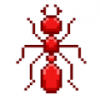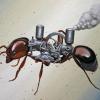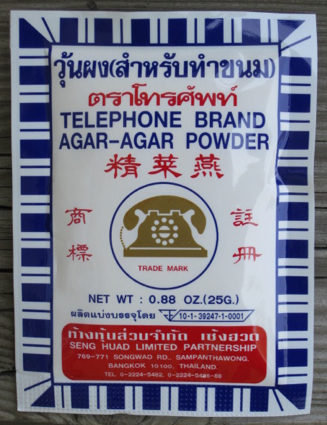Hey guys, i am currently rearing 2 Laius neoniger colonies in test tube setups (one with four queens and the other with five). since, lasius neoniger is known to be pleometrophic and will kill all but one queen after the founding period, i have proposed a solution in order to reap all possible benefits of the queen reproductive capabilities. i will leave their test tube setup / founding formicarium open, allowing the queen's that are chosen to be killed to flee from the colony before they suffer any damage. once the queen has left the nest, she will find a small test tube setup in which she will move into and be collected in. After wards, two possible options are available. i can give the rejected queen to my other multi-queen lasius neoniger colony (i will lower the temperature to allow for successful adoption) or i can isolate the queen from the colony that rejected her and reintroduce her to the same colony later on (temperature will be lowered as well). this way, the queen can aid the colony she is moved into with brood production until she is either killed or flees from her colony so the process can start over again. if you have any thoughts or concerns, i would really appreciate them!!! has this ever been tested before and is it even worth it?
- Formiculture.com
- Forums
- Gallery
- Members
- Member Map
- Chat




















